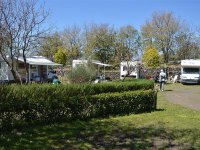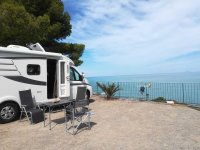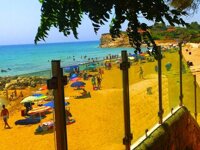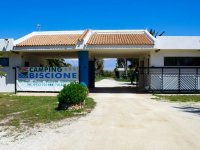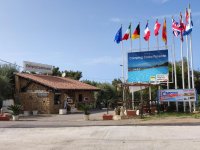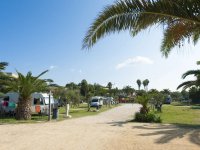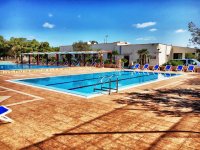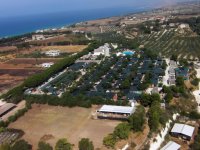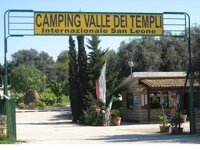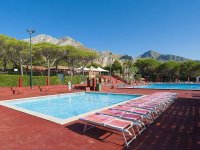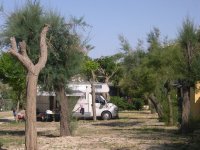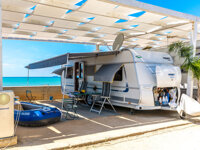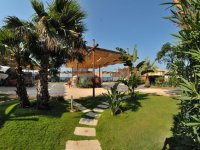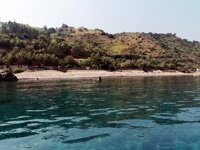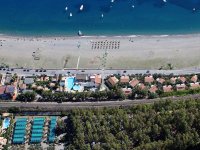Camping in Sicily
24 campsites in Italy, Sicily
Campsite Listing Google Map
The following consent is required:
Tracking & performance, Targeting & advertising.
Sicily
The largest island in the Mediterranean, Sicily has seen a range of settlers come and go, from the early Greeks and Romans to the Arabs and Normans, French and Spanish. With its beach resorts, volcanic islands, ancient sites and varied cuisine, Sicily is also home to Mount Etna. The result is a mixed and fascinating culture and every little city on this huge island has a unique feel.

The capital of Sicily is the bustling city of Palermo. With its medieval streets and markets, it has the island’s greatest concentration of sights, and architecture that boasts a range of styles from Arabic to Norman, Baroque and Art Nouveau. Boats depart from here to the tiny volcanic island of Ústica, renowned for its marine life and popular with divers. Along with Milazzo and Messina, the capital also provides connections to the Aeolian Islands, of which Lípari is the most popular. Outside the capital is Monte Pellegrino, which offers superb views of the city, plus the seaside resort of Mondello.
Europe’s highest volcano, Mount Etna, is situated in the east. Still active, its lower reaches are accessible on foot or by public transport. The closest town to the summit is Randazzo, built entirely of lava, as is Catania, situated further down the Ionian coast. Engulfed by lava in 1669 followed by an earthquake in 1693, Catania has been rebuilt on a grand scale. The coastline also bears traces of ancient Greek cities, most notably at Megara Hyblaea and Siracusa. To the west is Marsala, famous for its fortified wine, and the harbour town of Trápani, a jumping off point for the Egadi Islands.
Sicily comprises of the following provinces: Agrigento, Caltanissetta, Catania, Enna, Messina, Palermo, Ragusa, Siracusa and Trapani.

Places of interest
Acireale: Spa centre, hosts one of Sicily’s best festivals in February.
Agrigento: Nearby archaeological area known as the Valley of the Temples.
Enna: Sicily’s highest town.
Erice: Medieval town, cathedral.
Marsala: Home of the famous wine, in production since the 18th century.
Segesta: Ancient temple, nearby ruins of an ancient theatre where summer concerts are held.
Taormina: Lively resort with sandy beaches, ancient Greek theatre and 13th-century cathedral.
Vulcano: Aeolian Island, with hot mud baths and fine black beaches.
Cuisine of the region

Given its location, Sicily has attracted an endless list of invaders which has impacted on its food, resulting in one of Italy’s most varied cuisines. Fish is abundant, including anchovies, sardines, tuna and swordfish, often teamed with pasta, as in spaghetti con le sarde. Sicily is famous for its sweets, in particular cannoli, fried pastries stuffed with sweet ricotta. Made from sheep’s milk, ricotta is used in a variety of desserts, with pecorino and provolone cheeses also widely available. Wines include Marsala, Corvo and Regaleali.
Maccheroni con le sarde: Sardines cooked with fennel, raisins, pine nuts, breadcrumbs and saffron.
Pesce spada: Swordfish steak, grilled or pan-fried with lemon and oregano.
Sicilin cassata: Ice-cream made with ricotta, nuts, candied fruit and chocolate in a sponge cake.
